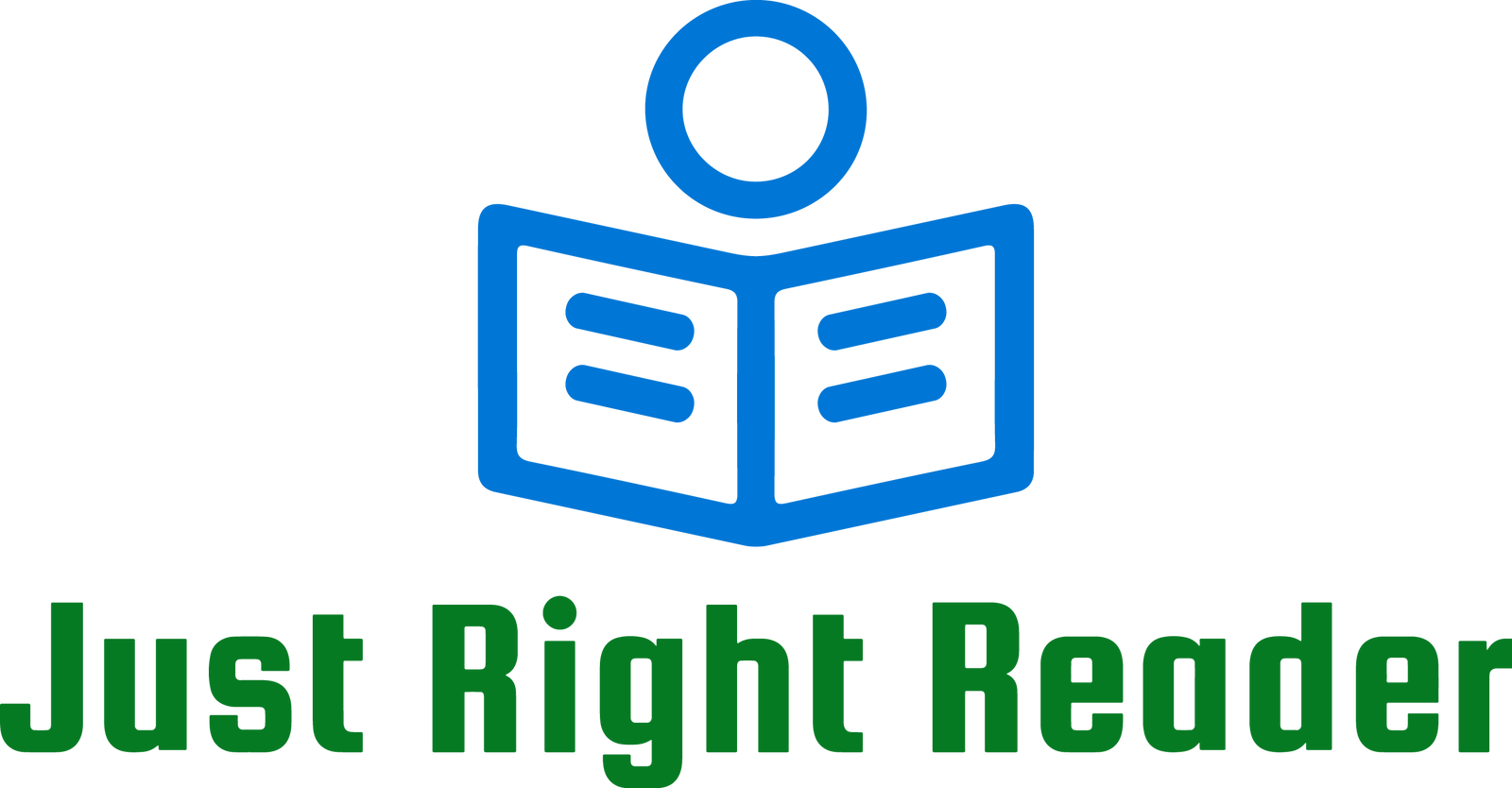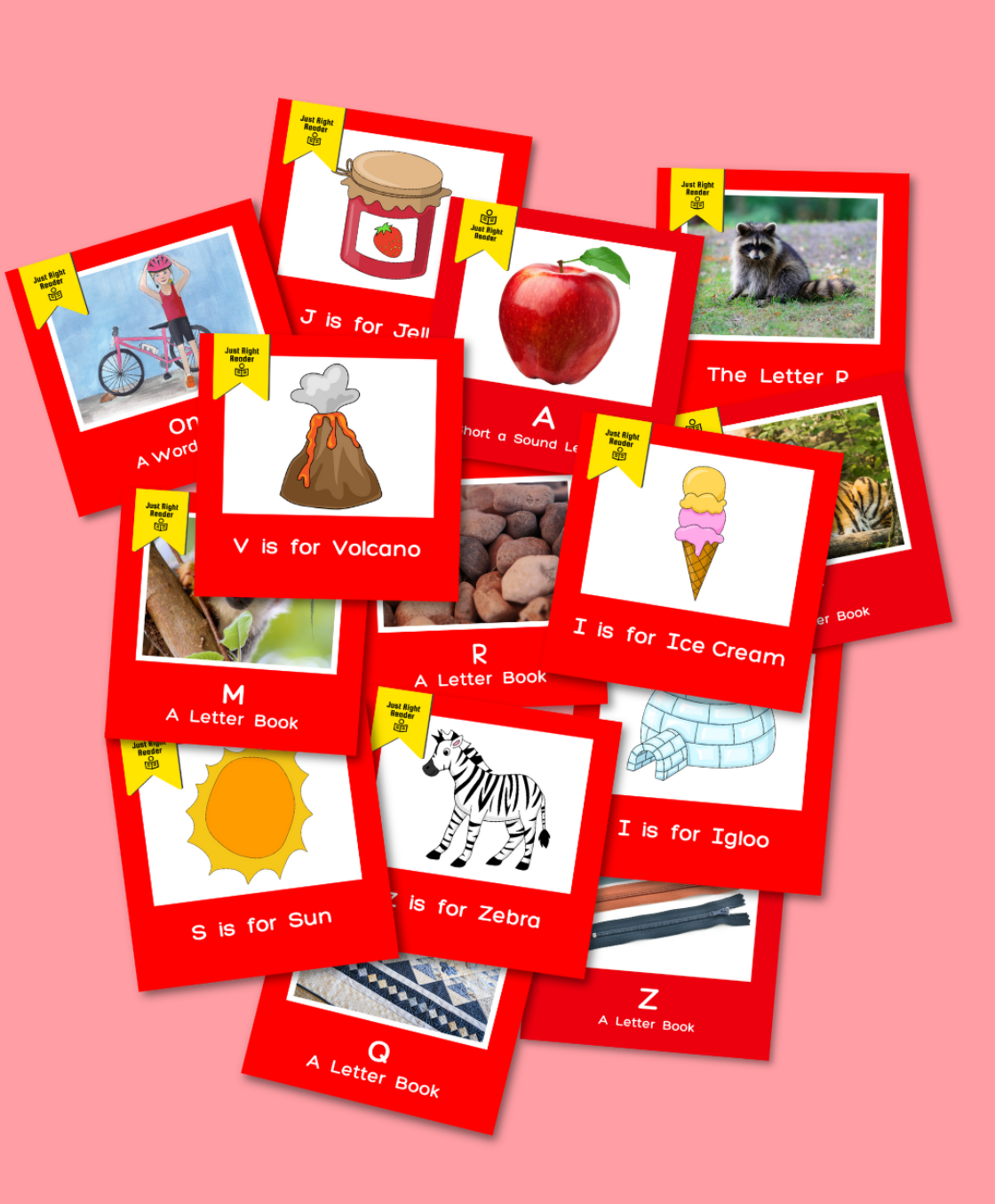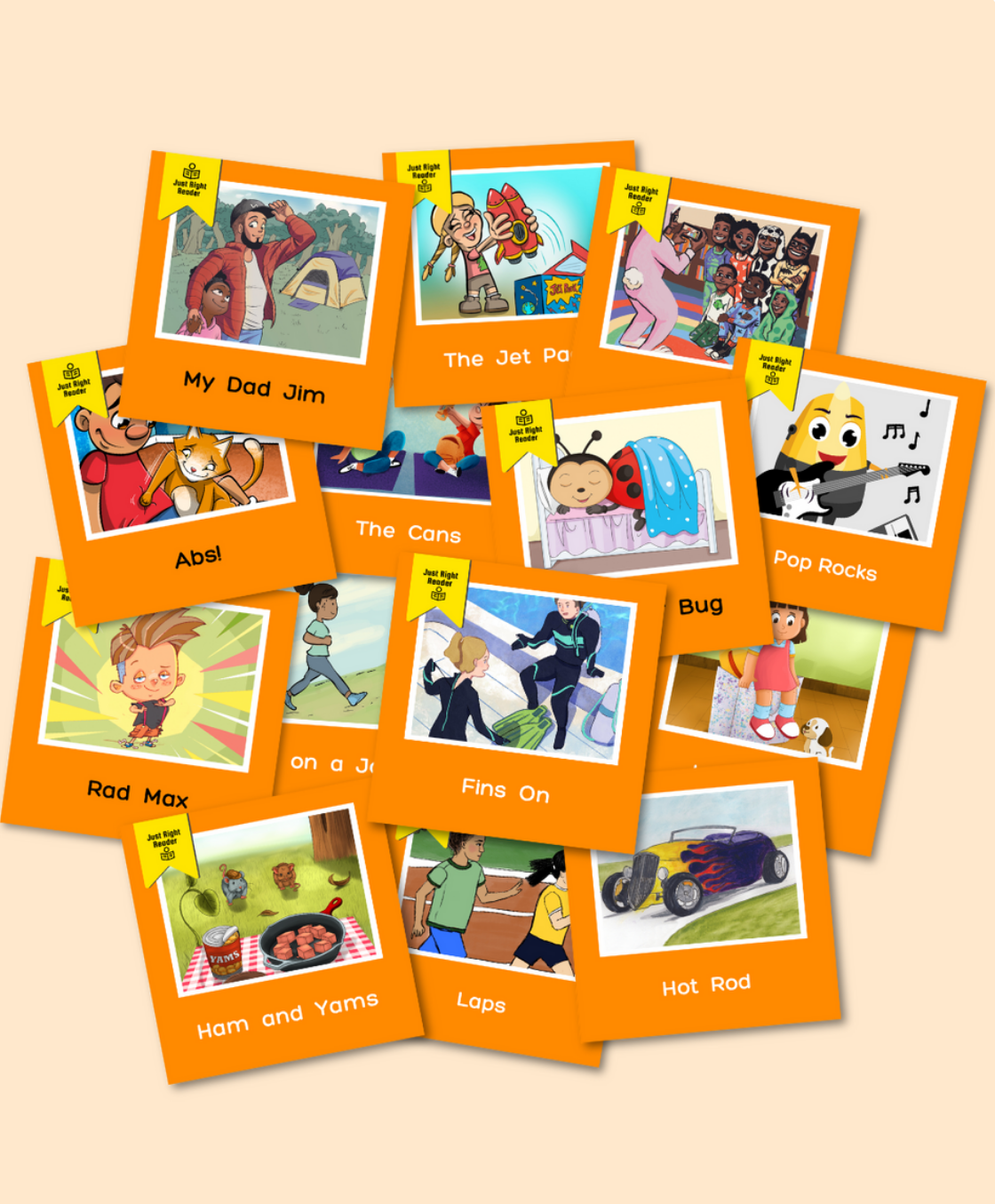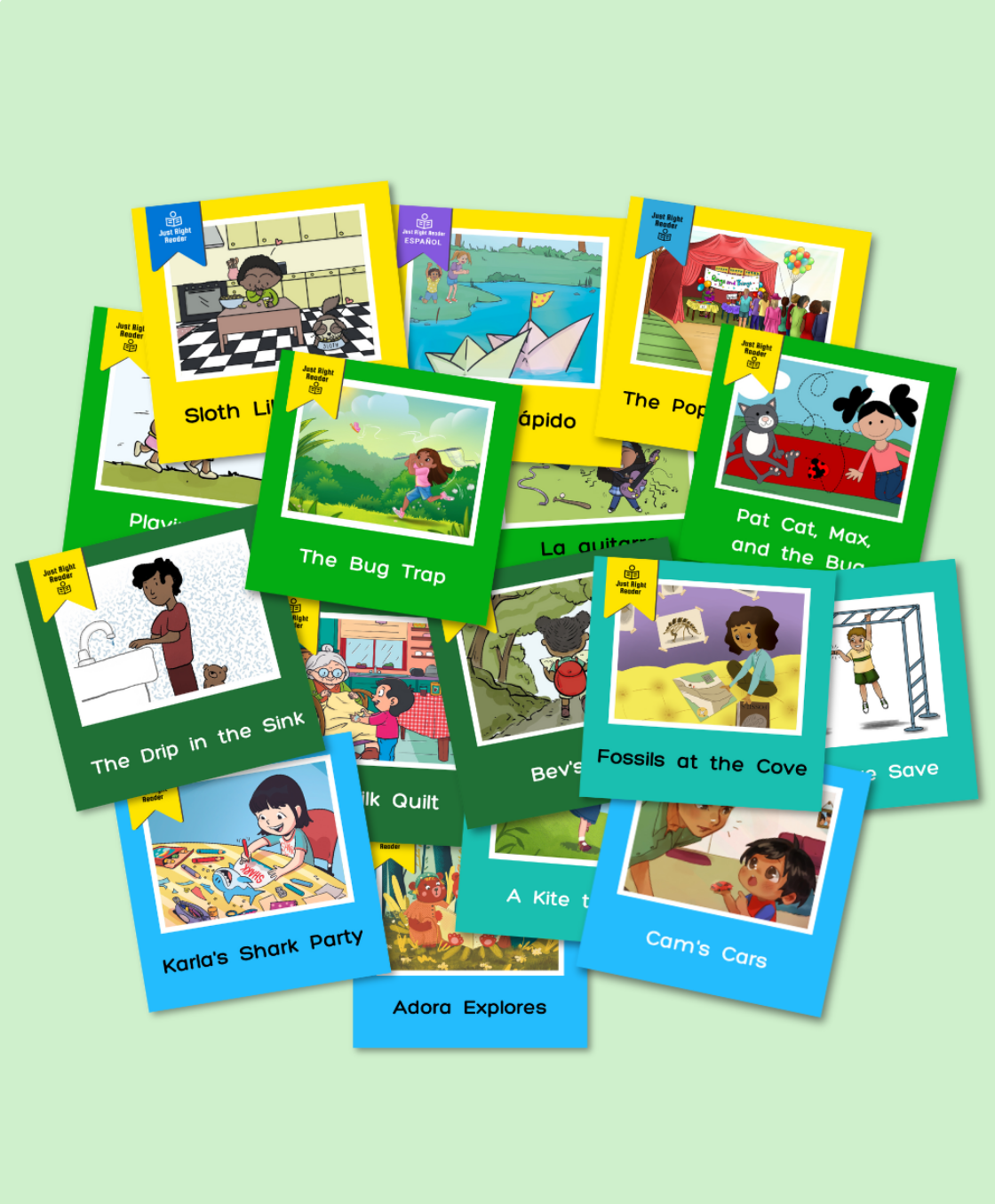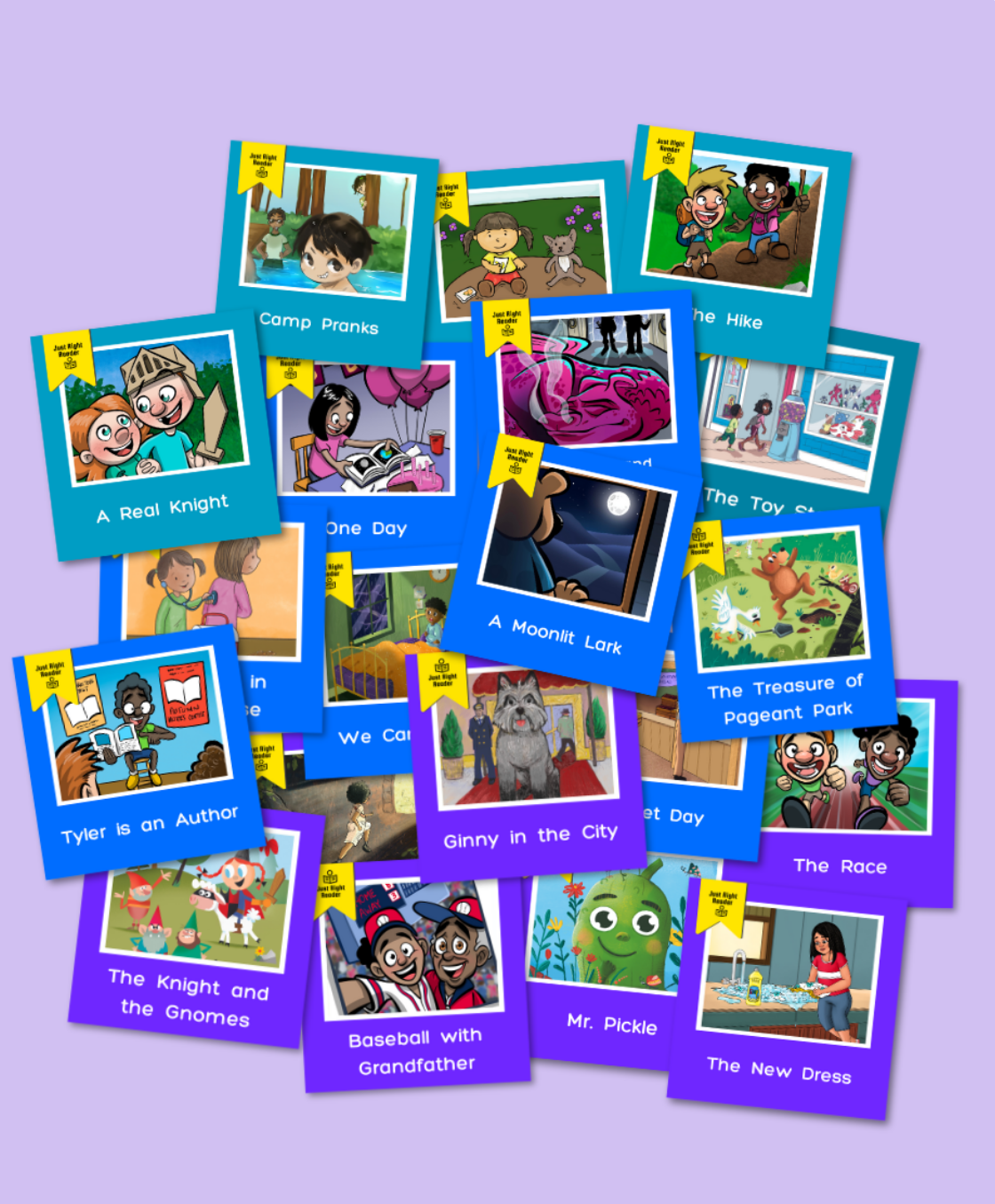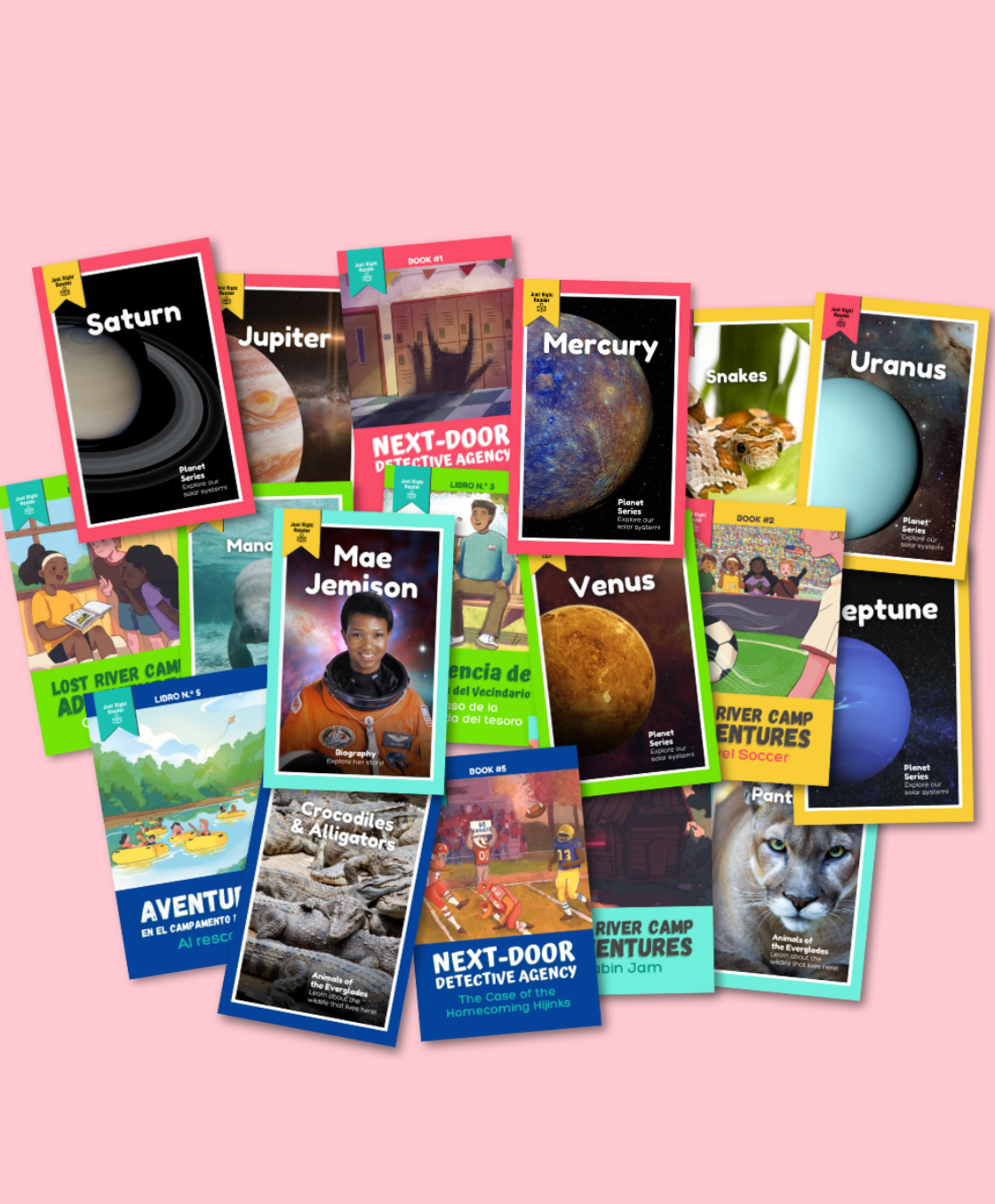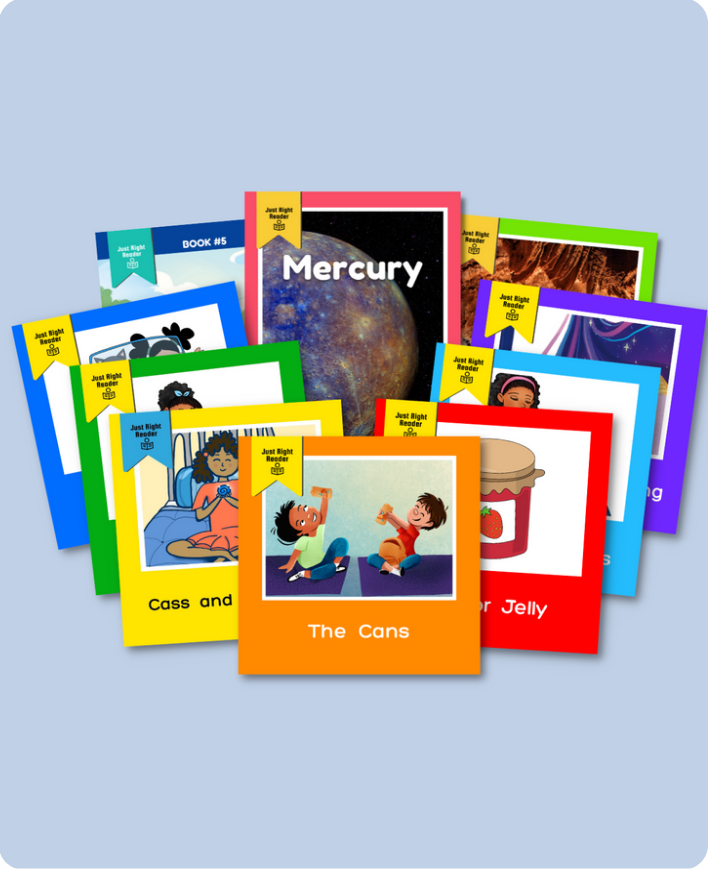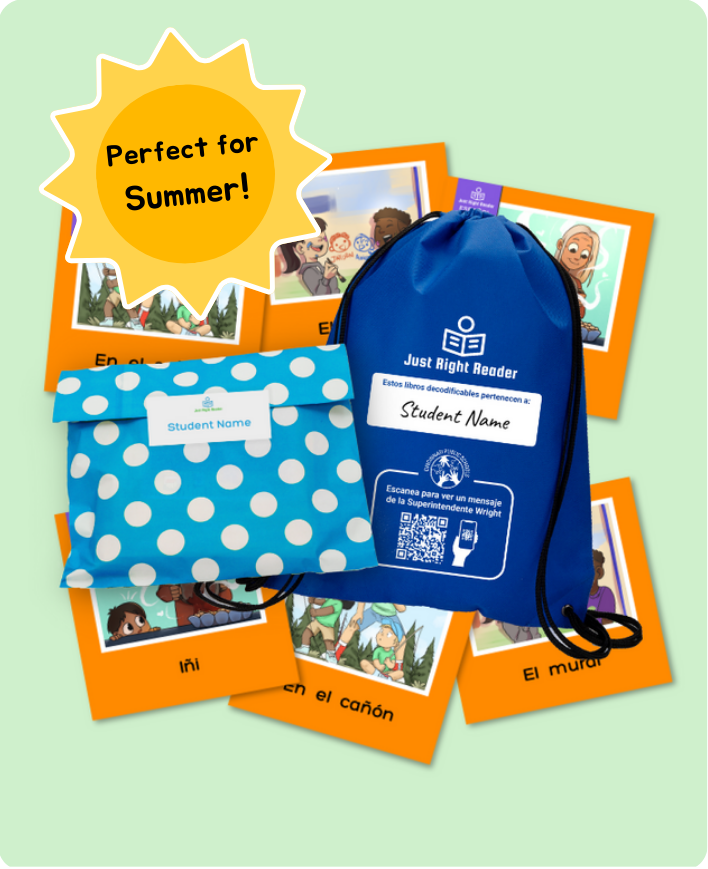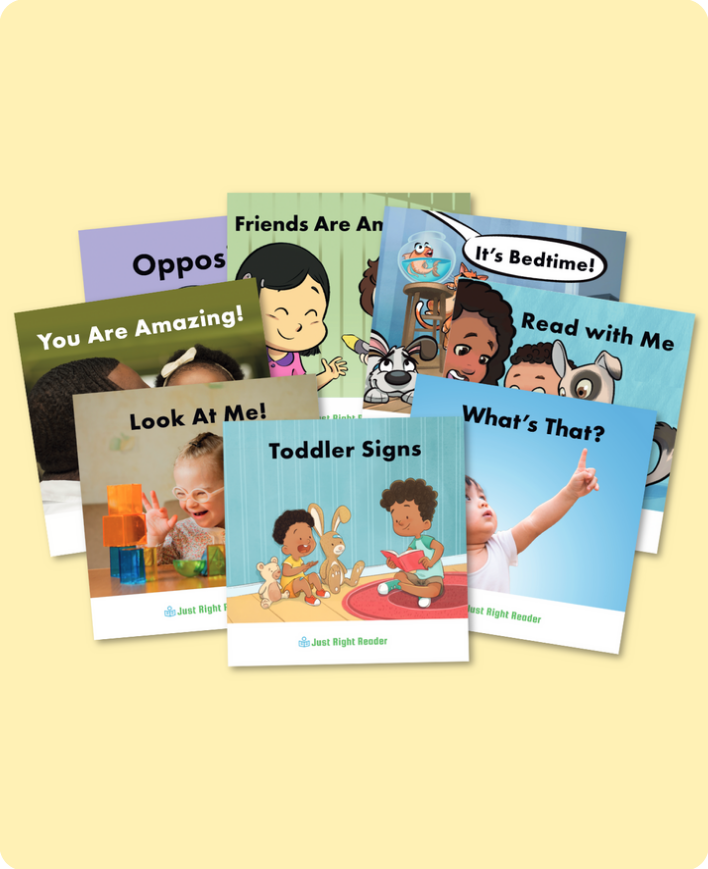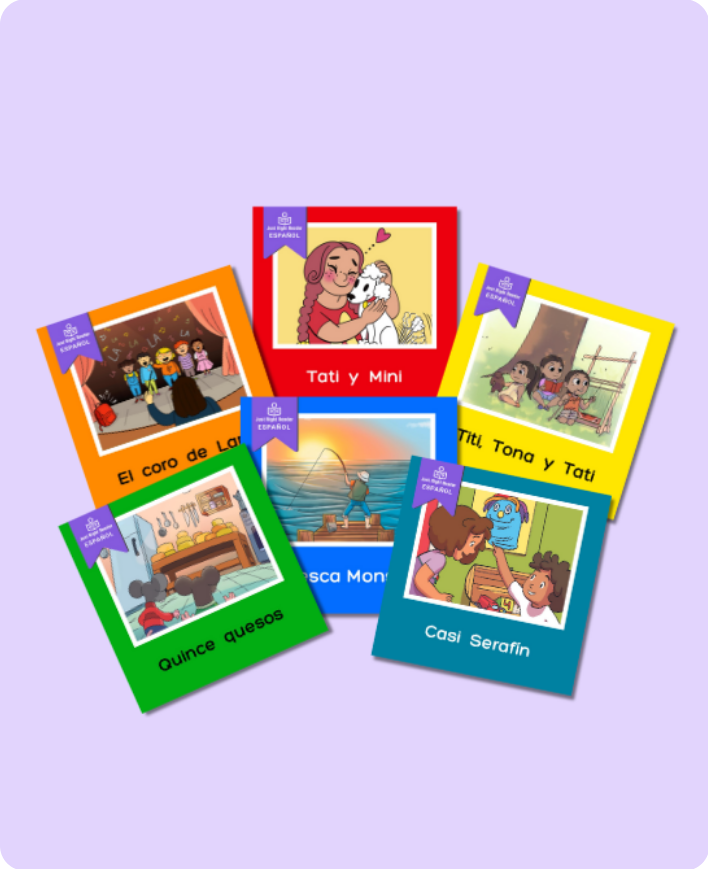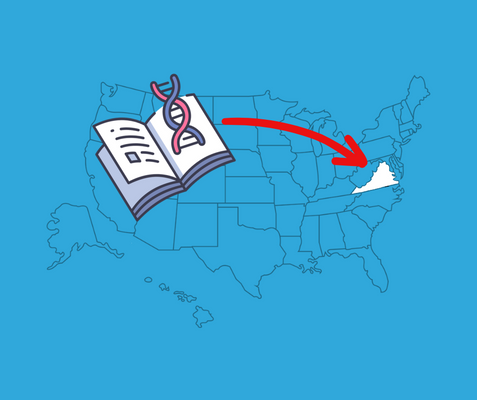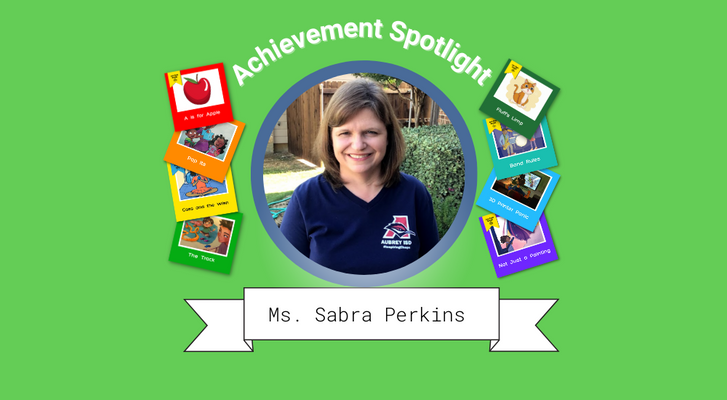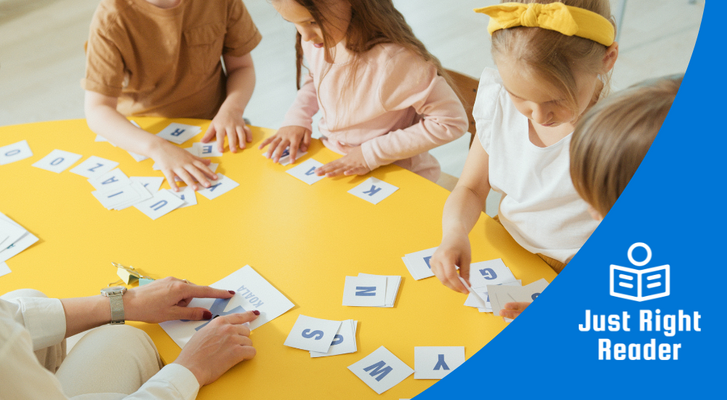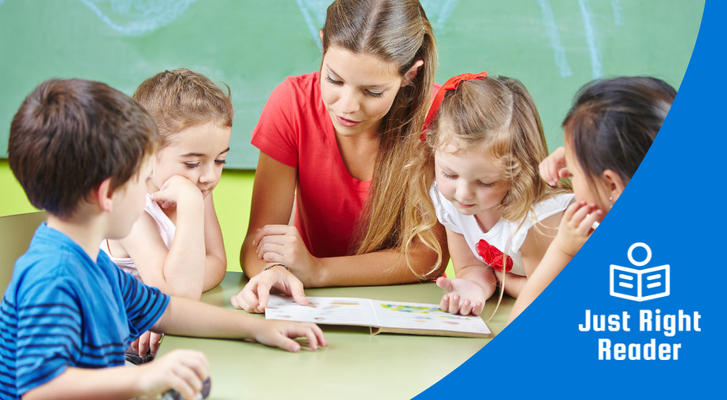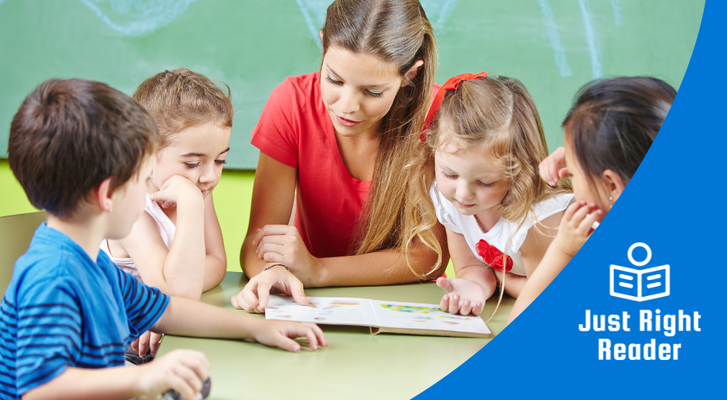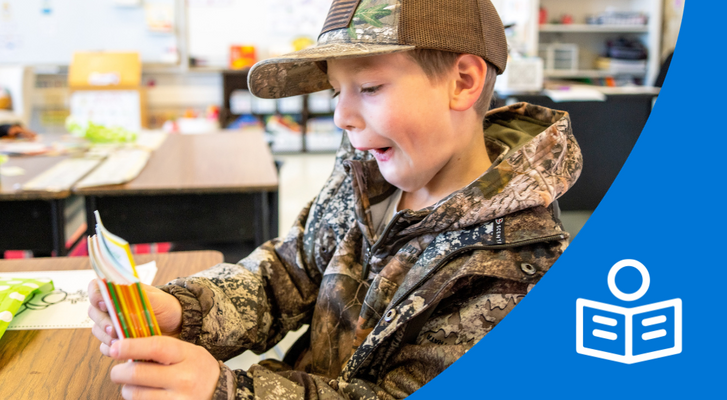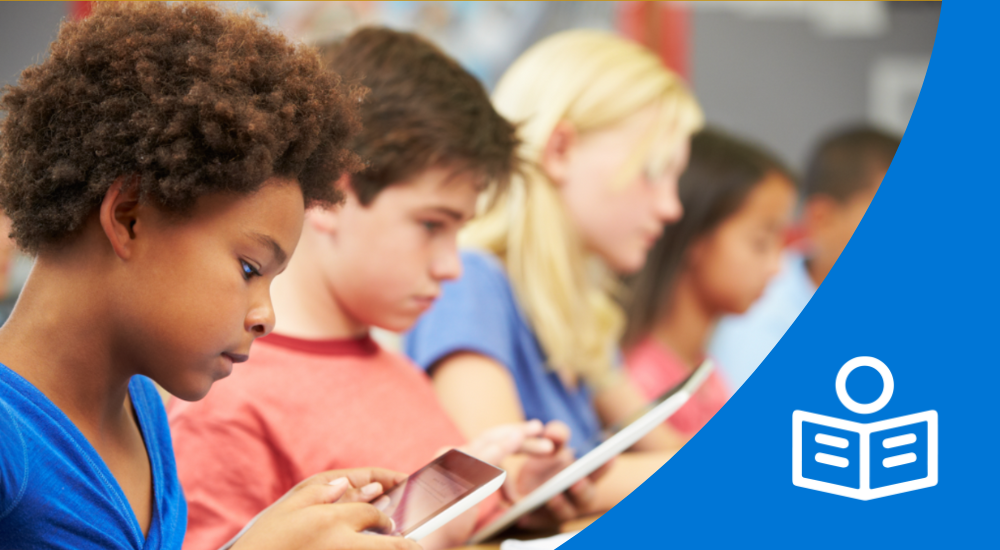
At this point, you’ve likely heard about the declining trends of the recently-releasedNAEP 2024 Report Card scores, which highlight how much the students struggle with reading.
The data shows a growing achievement gap between high-performing and low-performing students. It also indicates that millions of students will continue to fall further behind if the proper interventions, supports, and resources are not put into place. It is clear to see that the time for change is now.
As educators, where can we start to enact this change? And what can we do to help ensure the literary success of the students?
Key Takeaways
-
Overview of EdWeek article, “Reading Scores Fall to New Low on NAEP, Fueled by Declines for Struggling Students” by Sarah Schwartz
- Dr. Laura Tortorelli provides science of reading research and strategies for how students learn to read.
- Information about Dr. Tim Rasinski upcoming webinar
Get a Better Understanding of the Big Picture
Reporter Sarah Schwartz of Education Week provides a thorough analysis of the NAEP scores, as well as some important context related to these results, in the article "Reading Scores Fall to New Low on NAEP, Fueled by Declines for Struggling Students.”
In the article, Schwartz notes how the most recent reading scores dropped by an average of two points. This tracks with “a steady decline in the subject that predates COVID-era disruptions.”
“The poor results overall obscure trends below the surface, including deepening divides between the highest- and lowest-performing students—a gap that has been growing since before the pandemic,” she reports.
Further in the article, Peggy Carr, commissioner of the National Center for Education Statistics (which administers NAEP), says in part, “Low performing students are struggling, especially in reading.” This is seen especially by the 40 percent of 4th graders falling below the lowest benchmark—or “below basic”—on the NAEP Report Card.
“Studies have shown that scoring basic on NAEP is roughly equivalent to scoring “proficient” on many state tests,” reports Schwartz. “Students who fall below it lack important reading comprehension skills; for example, a 4th grader scoring below basic might not be able to determine the main idea or purpose of an informational text.”
This can be attributed, in part, to students feeling uncomfortable with both reading and writing. In fact, NAEP student surveys revealed that lower-performing students said “they felt less confident in their reading skills.”
While reversing these declining reading trends will certainly be a process, the right supports and resources will help educators make a measurable difference in developing students into strong and confident readers.
Take a Science of Reading-Aligned Approach
At Just Right Reader, we believe instructional supports and resources should be research-based and aligned with the Science of Reading. Dr. Laura Tortorelli, associate professor of elementary literacy at Michigan State University, agrees.
In this video (starting at 21:40), Dr. Tortorelli unpacks the Science of Reading, its distinctions from the Science of Teaching Reading, research about how students learn to read, and best practices for teaching and implementing new instructional materials.
Regarding the latter, this includes:
-
Connecting phonics instruction to language and meaning, especially for English language learners—having students reading and writing real texts is key to this!
-
Conducting regular progress monitoring to assess students’ growth.
-
Avoiding leveled texts, as well as grouping or labeling students by text levels.
-
Utilizing engaging and memorable texts .
-
Having students read real print books—while digital books may be accessible, they often are just leveled texts in disguise and include words that students can’t read independently.
Just Right Reader’s proven solutions combine research-backed decodable texts with family engagement and teacher support, and align with these key takeaways from Dr. Tortorelli. Importantly, these resources have already demonstrated measurable impact in school districts across the country.
We understand the need for structured and accessible support, as well as the important role families have in creating engaged and confident readers. We believe Just Right Reader’s resources will help drive an upward trend of literacy rates as students discover the joy of reading.
Want to learn more regarding the 2024 NAEP report and strategies to accelerate student learning?
During “The Art and Science of Teaching Reading Fluency” webinar, Dr. Timothy Rasinski defined reading fluency in relation to the full reading curriculum, and explored artful, science-based approaches to teaching the most important reading competency. He directly connected this with the falling NAEP Scores tracking back from 1992 and provided engaging activities to support student learning.
Tim Rasinski shared his effective strategy for using word ladders to boost phonemic awareness, vocabulary, and fluency. A webinar highlight was his clever play on words to transform the word "Just" into the words "Right Reader!" on his word ladder, one letter at a time.
Stay informed with the latest literacy research and case studies and read our Just Right Reader Blog articles.
Register for our Just Right Reader’s Science of Reading upcoming professional learning events.
